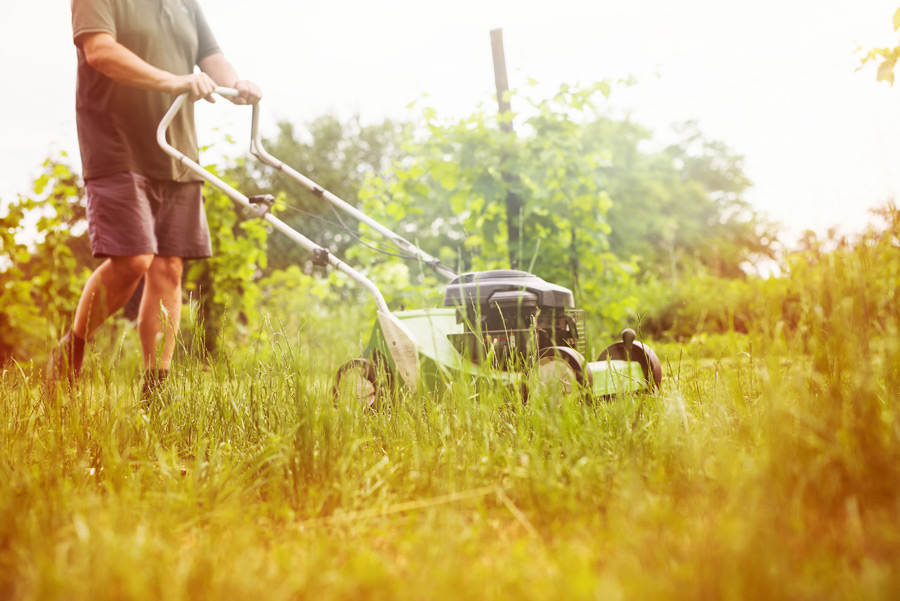A much-quoted old proverb states that “A man’s home is his castle.” And based on that wisdom, a man’s (or woman’s) yard is the grand “courtyard” of the castle, a place to be proud of.
A nice yard, and especially a nice backyard, can be a place of relaxing retreat, a place to congregate with family and friends, a place to garden, a place simply to enjoy. But not if it is overgrown. An overgrown yard can be stressful for the home’s occupants.
What Happens When a Yard is Overgrown?
If the yard is deep in grass, covered with tree limbs, crowded with oversized shrubs, and filled with leaves and weeds, it won’t be a useful or enjoyable space. An overgrown yard makes the house and property look unkempt. It reduces property value and may annoy neighbors. Worse, it can harbor insects, pests and collect trash.
On the other hand, a well-kept yard shows a sense of an owner’s pride and good taste. It offers an enjoyable space and provides a sense of accomplishment and uplift.
How Does Yardwork Relieve Stress?
First, just getting out in the sunlight can improve a person’s mood. The vitamin D produced by the sunlight and fresh air contribute to good health.
Second, the exercise helps improve blood flow, helps increase oxygen in the blood, and can provide the satisfaction of a rewarding and cleansing sweat. Hard work helps put life into perspective and helps push aside cares that may be burdening you. Weeding, watering, cleaning up, and planting and the beauty that results are soul-satisfying.
Third, being exposed to friendly microbes in the soil can boost a person’s immune system, thus lowering the risk of inflammatory diseases and lowering stress.
Fourth, working in the yard can be beneficial for family relationships, underscoring the value of work and increasing an appreciation for nature.
How to Tackle and Clean-up an Overgrown Backyard
Conquer an overgrown backyard by following the steps laid out below:
- Size up the work to be done. It may not be able to be done in one day, and that is fine. If needed, plan the work in stages and set a time for each stage. Don’t overdo it or your body will scream “foul.”
- Get the right tools for the work. Make sure the tools and equipment are sharpened, if needed, and ready to go. The right trimmers and clippers, for example, will make the work go easier and faster and achieve better results.
- Clear the area of debris. Remove things in the way like old lawn furniture, big tree branches, broken planters, or miscellaneous junk.
- Assess plants, shrubs, and trees that may need to be removed, then take ‘em out.
- Prune the shrubs, trees, and bushes that you plan to keep.
- Treat invasive weeds or plants with appropriate herbicides.
- Use a leaf blower to help pile up and remove leaves.
- Mow the open areas.
- Define and trim the edges of the yard.
Closing Thoughts
As you do this work, think how great your yard will look and how good you will feel when you are finished. Make the work pleasant too. Take breaks, use sunscreen, drink plenty of liquids, and listen to some energizing music.

